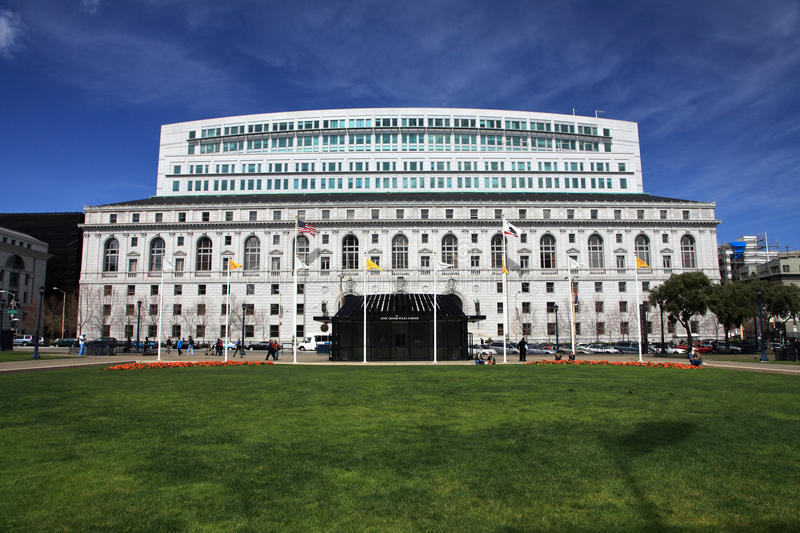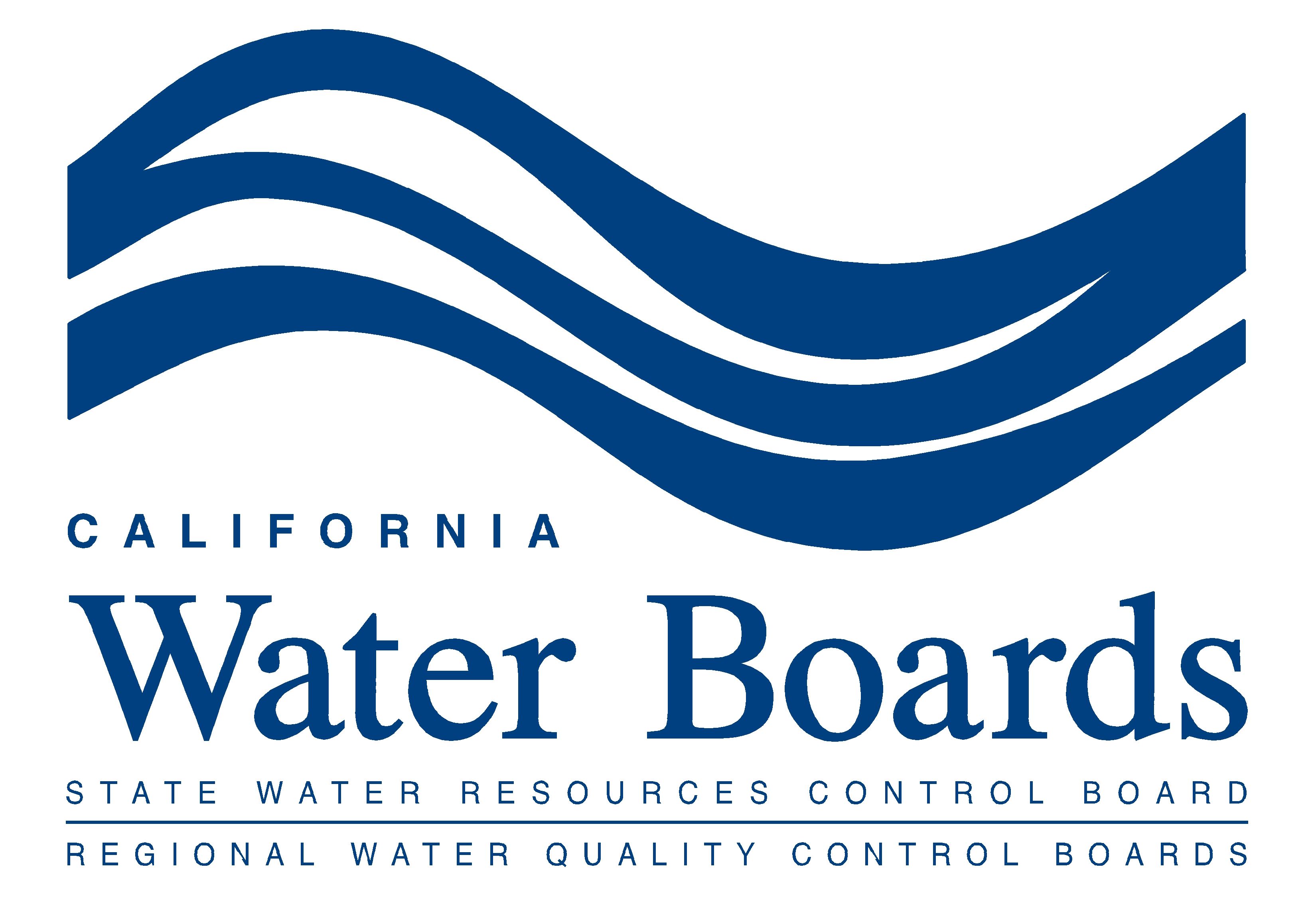California Supreme Court Ruling Represents Big Win for State Water Board–& California’s Environment
Justices Uphold Water Board’s “User Pays” Fee System Against Constitutional Attack

The California Supreme Court has handed the State Water Resources Control Board a major legal win, rejecting an industry challenge to the “user pays”-based system of funding the Board’s water pollution control system. In doing so, the Supreme Court has fended off yet another constitutional challenge to the manner in which environmental regulatory fees are set in California, in a decision that’s likely to have broad applicability to a host of important regulatory programs.
In California Building Industry Association v. State Water Resources Control Board, the Supreme Court unanimously rejected the building industry’s lawsuit challenging the manner in which the Water Board assesses fees on the regulated community intended to fund the multifaceted programs the Board administers to reduce water pollution and maintain water quality in California. Years ago, the California Legislature directed the Water Board to create such a “user pays” fee system, rather than impose the costs of water pollution control regulation on the general public–an eminently sensible idea.
But industry has seized upon California’s complex and convoluted state constitutionally-based system of government finance to challenge that “user pays” regulatory fee system. To understand the nature of that challenge requires a brief review of California’s convoluted tax policy. In 1978, California voters enacted the iconic Proposition 13. Among other things, that transformative initiative measure requires that all future state “taxes” be approved by a supermajority 2/3 vote of the California Legislature. But one of Proposition 13’s many deficiencies is that it failed to define the term “tax” for purposes of the supermajority voting requirement.
Accordingly, it was left to the courts to determine whether a particular levy is a tax or a regulatory fee. (The distinction is critical under California law because regulatory fees are not subject to Proposition 13’s 2/3 vote requirement.) In 1997, the California Supreme Court attempted to answer that question in Sinclair Paint Co. v. State Board of Equalization, a case challenging the propriety of a state system created to fund medical treatment for victims of lead poisoning via a system of assessments on those industries responsible for exposing California residents to those toxic lead products in the past. The Supreme Court held in Sinclair Paint that a “bona fide regulatory fee” is exempt from Proposition 13 if: 1) the amount of the fee does not exceed the reasonable costs of providing the services for which it is assessed; 2) the fee is not levied for unrelated purposes of raising revenue; and 3) the amount of the fee “bears a reasonable relationship to the burdens created by the feepayers’ activities or operations.”
In an effort to further limit state officials’ ability to raise revenues and “close perceived loopholes” in Proposition 13, tax advocates successfully sponsored Proposition 26 in 2010. Among other things, Proposition 26 “constitutionalized” the Sinclair Paint holding that (among other things) regulatory fees that exceed the reasonable costs of state regulatory programs must be authorized by a 2/3 vote of the Legislature. And, critically, Proposition 26 shifted the burden of proof to the government to demonstrate that a particular financial exaction constitutes a properly-enacted regulatory fee not subject to the supermajority vote requirement.

In California Building Industry Association, developers argued that the State Water Board’s imposition of its “waste discharge permit fees”–and, especially, the Board’s storm water permit fees–were not properly-enacted regulatory fees under Propositions 13 and 26 and are therefore invalid. The Supreme Court unanimously rejected that argument in a thoughtful opinion authored by Justice Carol Corrigan. The Court instead ruled that the Board’s water pollution fee system fully satisfies each component of Sinclair Paint‘s three-part test. Specifically, the justices concluded that the Board’s fee system does not exceed the reasonable costs of administering its permit system; is not designed to generate excess revenue; and that the Board has reasonably allocated the permit fees among fee payers. Critically, in making these findings, the Court wisely left a little “play-in-the-joints” for government regulators. The justices concluded that “a regulatory fee, to survive as a fee, does not require a precise cost-fee ratio” and that “all that is required is that the record demonstrate a reasonable basis for the manner in which the fee is allocated among those who pay for it.”
The State Water Board is on something of a winning streak when it comes to defeating constitutional challenges to its “user pays” permit fee systems. Earlier this year, the California Court of Appeal for the Third Appellate District rejected a similar constitutional attack by water users to the fee system the Board has adopted to fund its water rights regulatory program.
The Supreme Court’s decision in California Building Industry is likely to have broad application to a wide array of environmental, public health and other programs. The ruling preserves the ability of government regulators to adopt user-pays regulatory fee systems to fund those programs, rather than foisting these often-substantial costs on the general public.
Finally, California Building Industry is indicative of a broader–and troubling–legal trend: the growing “fiscalization” of California environmental law and policy. In recent years, more and more legal challenges to state and local government environmental and public health laws are focused not on the merits of those laws but, rather, on the question of whether they contravene Proposition 13, 26 or similar state constitutional fiscal requirements. (One prominent example: last year’s California’s most consequential environmental law court decision was California Chamber of Commerce v. State Air Resources Board. In that case, the California Court of Appeal rejected a Proposition 13-based challenge to the state’s cap-and-trade system, a critical component of California’s multifaceted efforts to curb the state’s aggregate greenhouse gas emissions.)
Fortunately, the California Supreme Court’s decision in California Building Industry Association represents a timely, pragmatic and fully appropriate judicial response to legal efforts by the regulated community to avoid responsibility for paying the costs of regulating and remediating the environmental consequences of their actions and products.
Reader Comments
One Reply to “California Supreme Court Ruling Represents Big Win for State Water Board–& California’s Environment”
Comments are closed.







California Student Group raises awareness for Environmental Racism with forum:
“………Epps said environmental racism and injustice refer to disproportionate allocations of environmental resources. For example, pollutants tend to affect neighborhoods populated by people of color more often than they affect white communities, she said.
“Environmental justice aims to reduce pollution across the board, but mostly in areas that are hit harder – primarily low-income black, brown and indigenous communities who don’t have the political agency to fight back against environmental racism,” Epps said.
Activists at the event talked about their work as environmentalists of color advocating against environmental degradation primarily affecting low-income communities of color.
Felicia Montes, an activist and community organizer who spoke at the event, said she encourages students to continue to hold dialogues on the importance of environmental justice.
“Through sharing our stories, we can educate, empower and transform ourselves and our communities through our truths,” she said.
Nalleli Cobo, an environmental justice advocate and panelist, said she became involved in environmental activism at the age of 9, when she protested the oil drilling near her LA home that caused her long-term breathing problems, including asthma. She responded to the crisis by founding People not Pozos, a campaign to fight against drilling near her neighborhood……”
http://dailybruin.com/2018/05/10/student-group-raises-awareness-for-environmental-racism-with-forum/